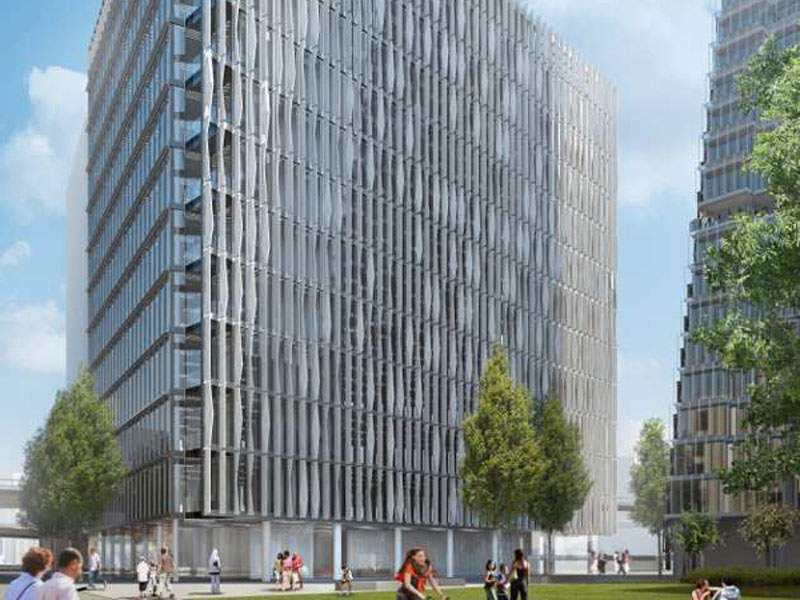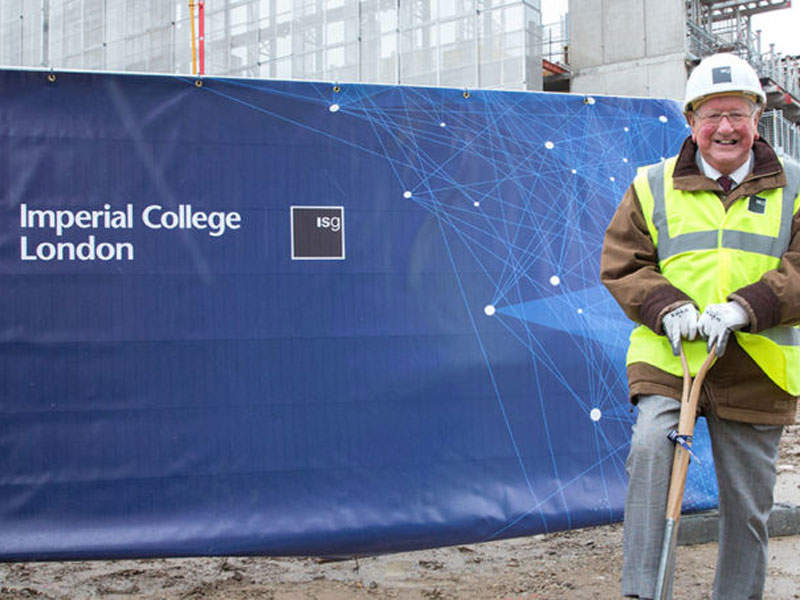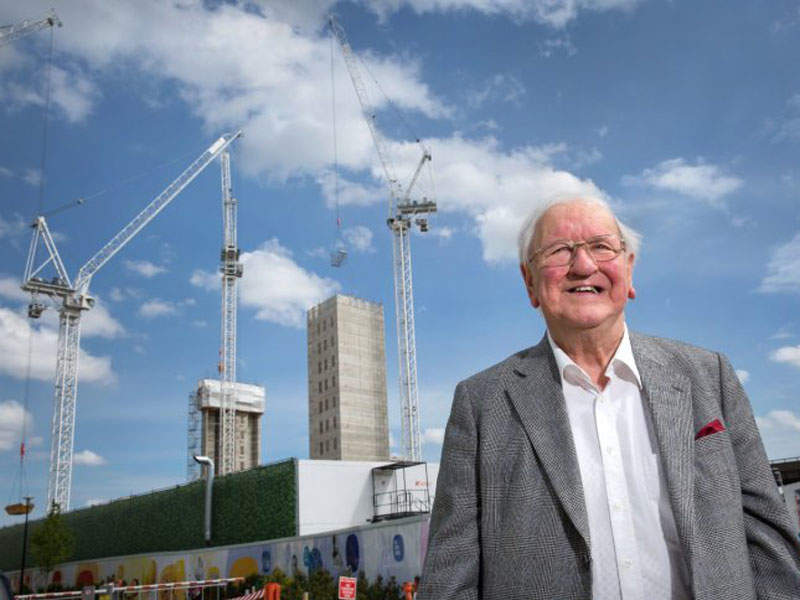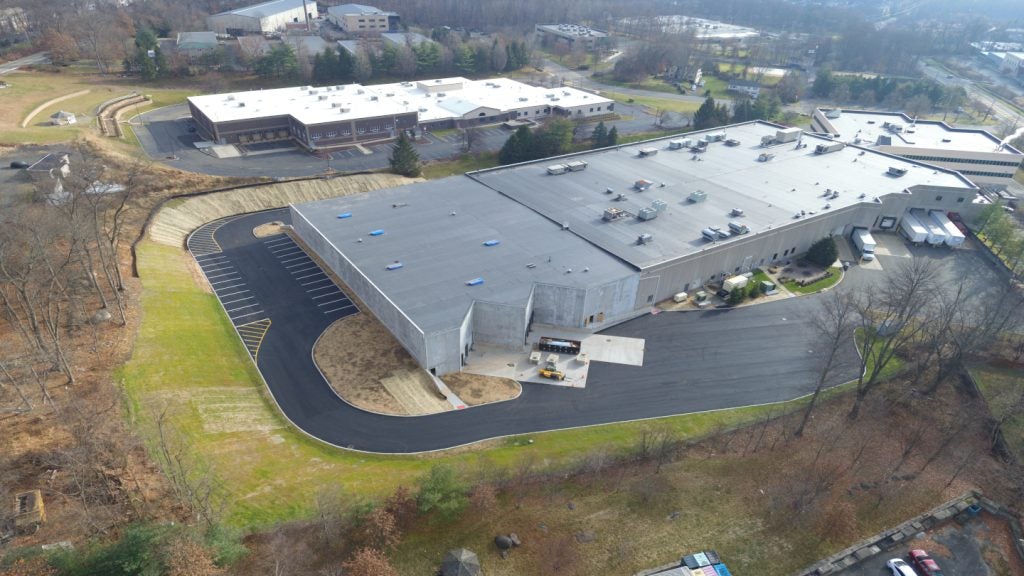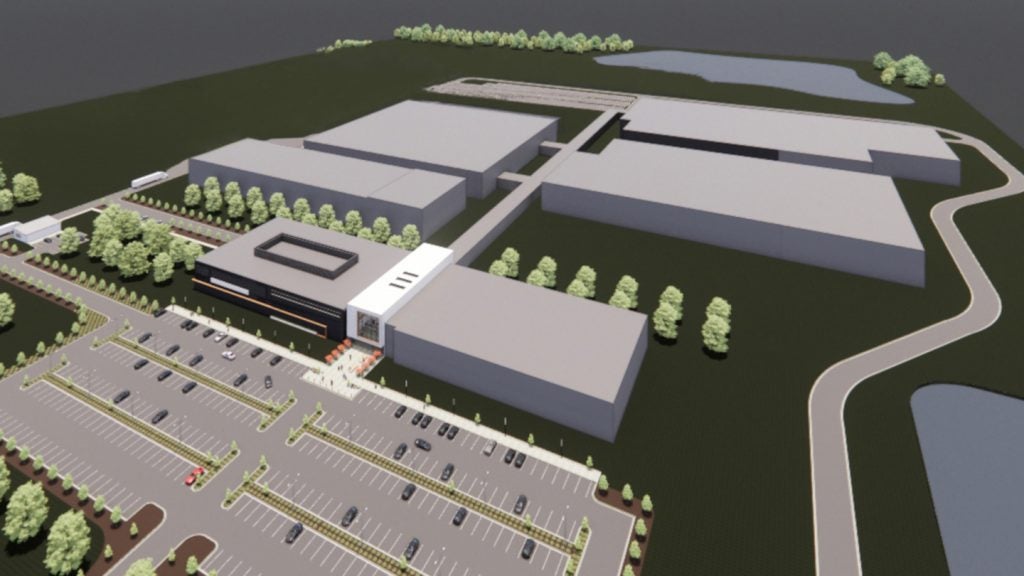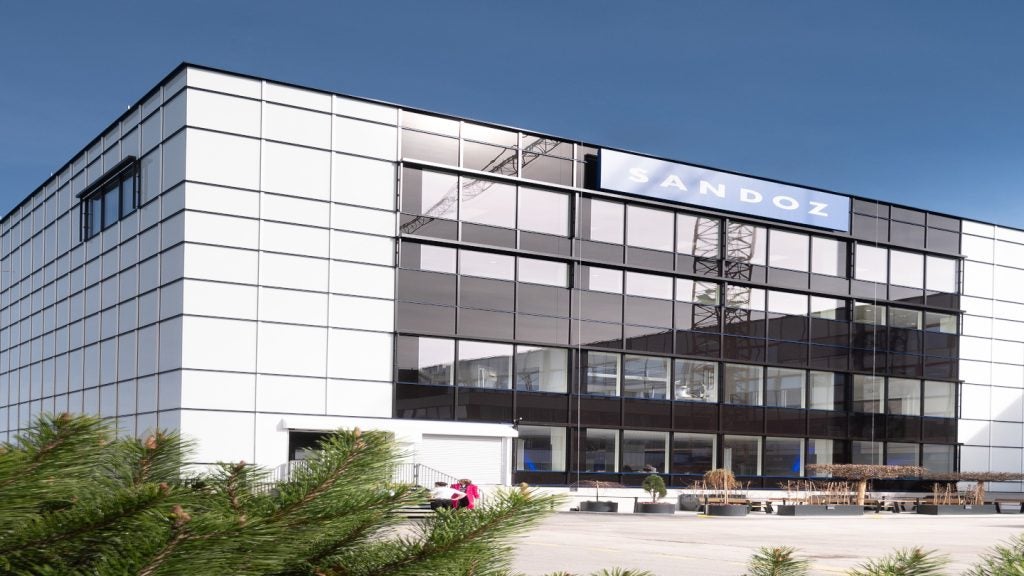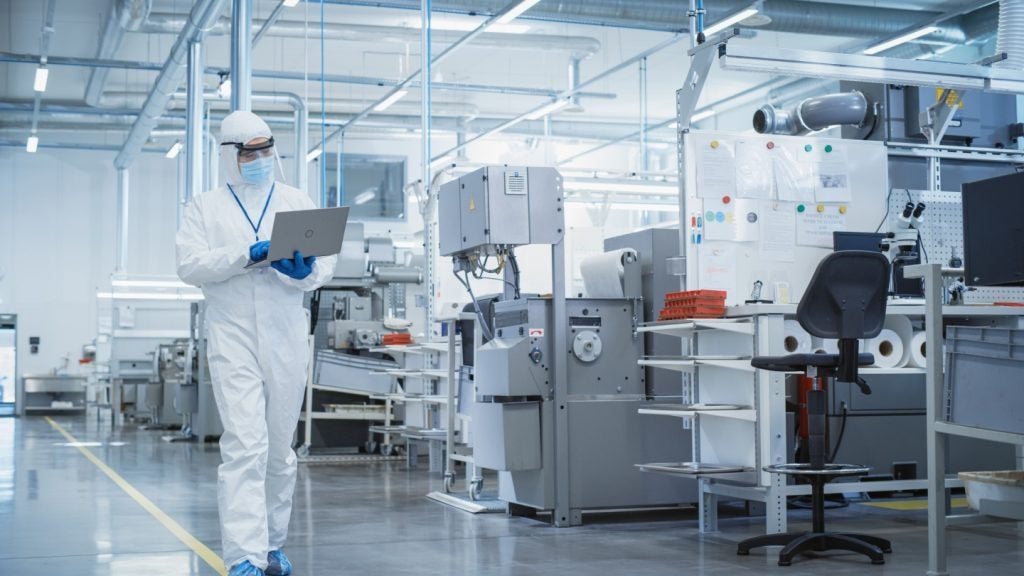The Michael Uren Biomedical Engineering Research Hub is a state-of-the-art laboratory and office facility being developed at the Imperial College London campus in White City, London.
Located next to the Hammersmith Hospital campus, the facility will accommodate more than 500 researchers, engineers, scientists and clinicians who will work together to address the most critical biomedical and healthcare problems.
The planning application for the building was approved by Hammersmith and Fulham Council in July 2015. Construction began in January 2017 and is expected to be completed by 2019.
Design of the Michael Uren Biomedical Engineering Hub
The research hub will be a 14-storey arrow-shaped building with a total floor space of around 20,000m². It will be a hybrid concrete and steel frame structure shaped in the form of a triangle, which will house complex mechanical and electrical services infrastructure.
The building will feature prefabricated and geometrically distinct vertical fins placed in front of glazed facades to give solar shading and privacy to the interiors. It will also feature flexible floorplates and energy-efficient servicing.
Research activities at the Michael Uren Biomedical Engineering Hub
The research facility will have space for translational research initiatives and will include research laboratories, an outpatient facility, a 150-seat auditorium, and public spaces.
The building will also include a clinical facility next to the laboratories and office spaces. The laboratory and clinic spaces on each floor will be interconnected.
The facility’s research scope will include new technologies for the early detection, monitoring and treatment of cancers. It will also develop simple invasive implants and regenerative medicine to aid in recovery from nervous system injuries.
The facility will also drive the clinical translation of MedTech innovation using integrated clinical and imaging facilities at the Hammersmith Hospital.
Contractors involved in the project
Allies and Morrison Architects designed the Michael Uren biomedical engineering research hub. ISG was appointed as the project’s construction contractor.
Buro Happold Engineering was chosen as the mechanical and electrical engineer to provide building services, engineering, sustainability, facade engineering and fire engineering services.
Jones Lang LaSalle was appointed for town planning, Curtins as structural engineer, and Faithful+Gould as cost consultant for the building.
Sustainability profile of the research hub
The research hub is designed to achieve the Building Research Establishment Environmental Assessment Method (BREEAM) ‘very good’ environmental performance rate.
It will be equipped with a fume exhaust system that will dilute fumes exhausted through the ventilation system before releasing them into the atmosphere. The facility will also be installed with efficient mechanical, electrical and plumbing systems.
Financing for the project
The biomedical research hub is being built with a £70m ($87.22m) investment. Michael Uren and his foundation have donated £40m ($67.35m) to the project.
The Higher Education Funding Council for England (HEFCE) has contributed £20m ($24.67m) for the project under the UK Research Partnership Investment Fund (UK RPIF).

